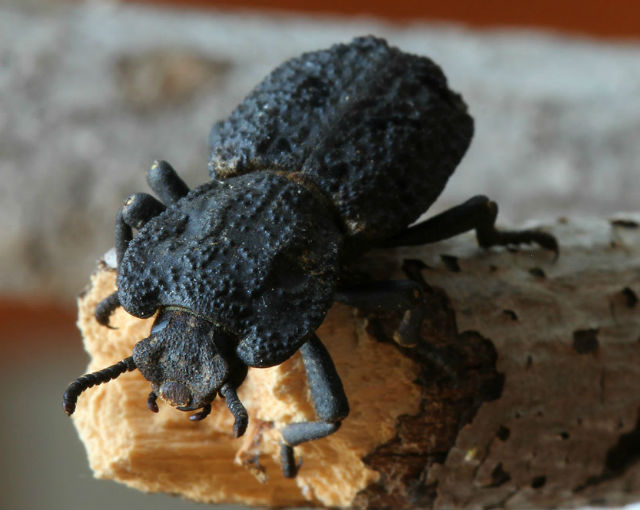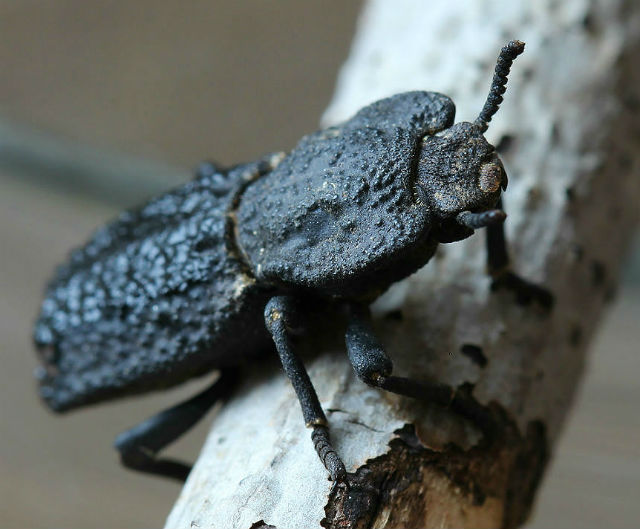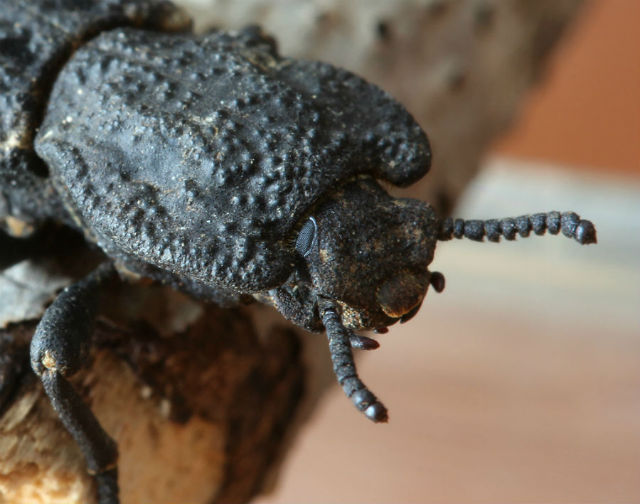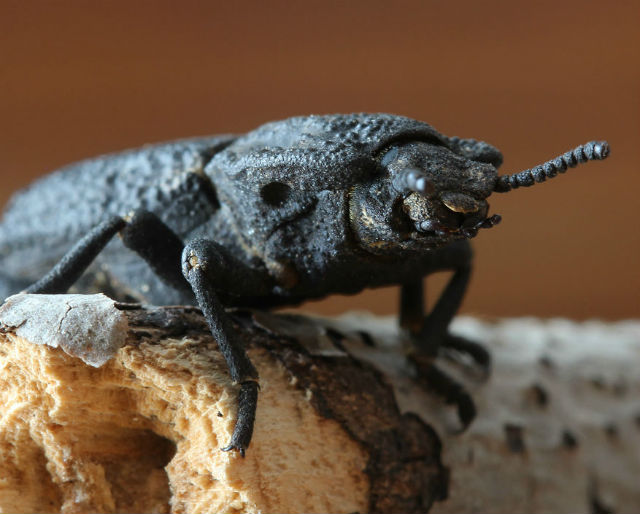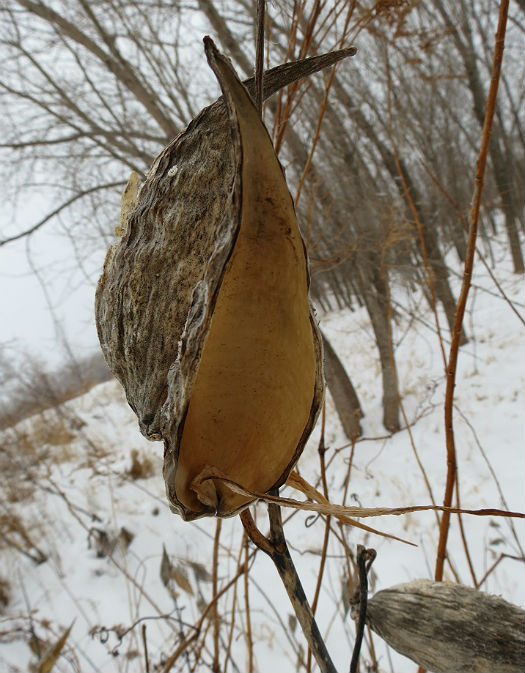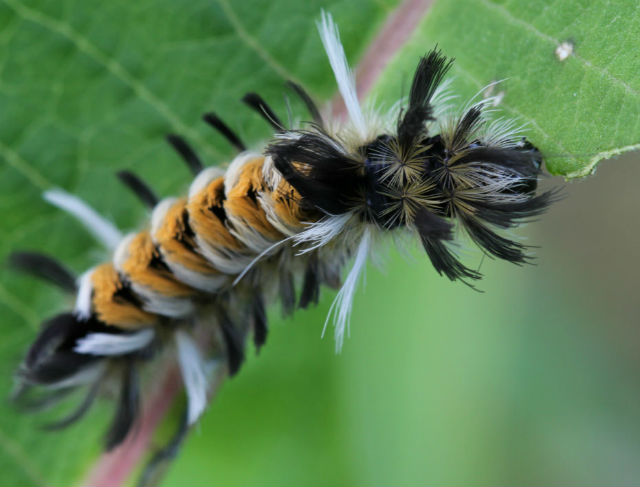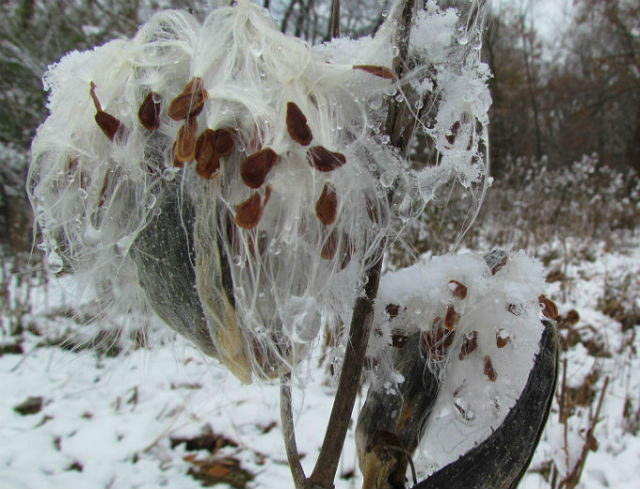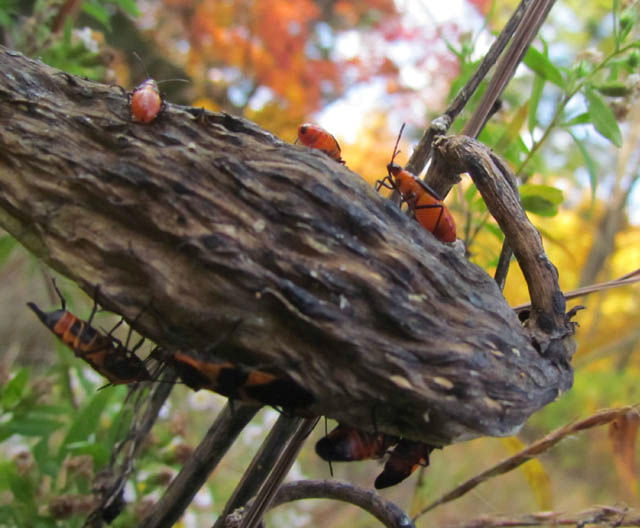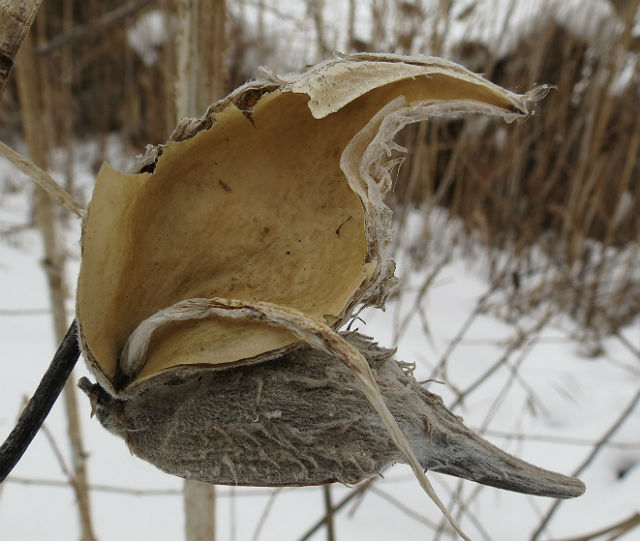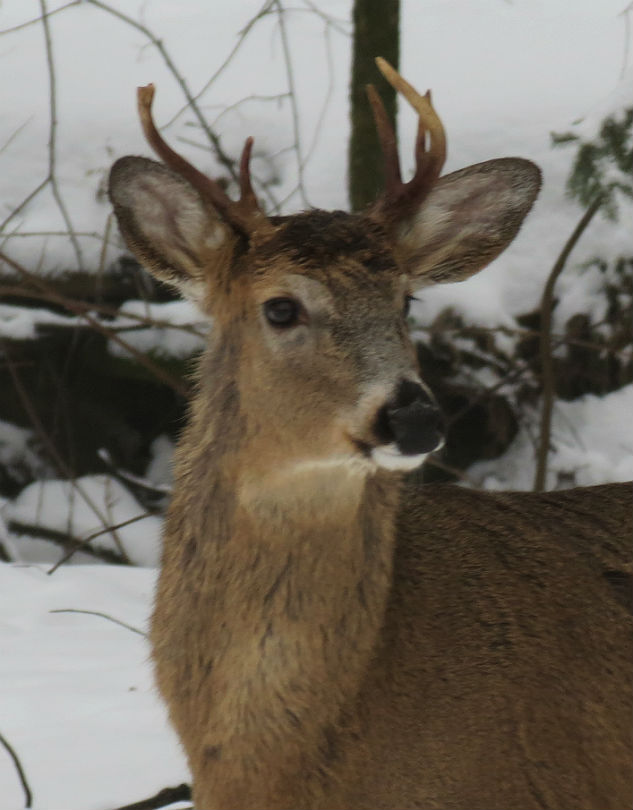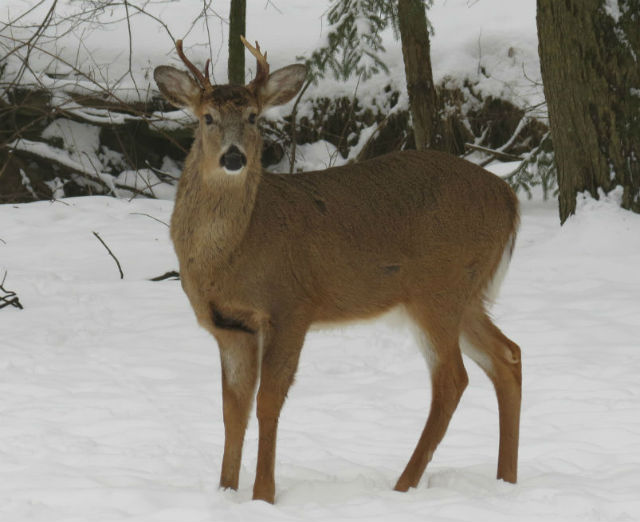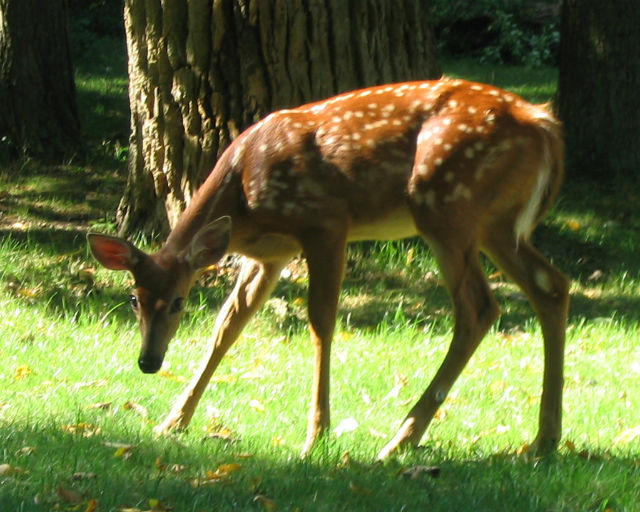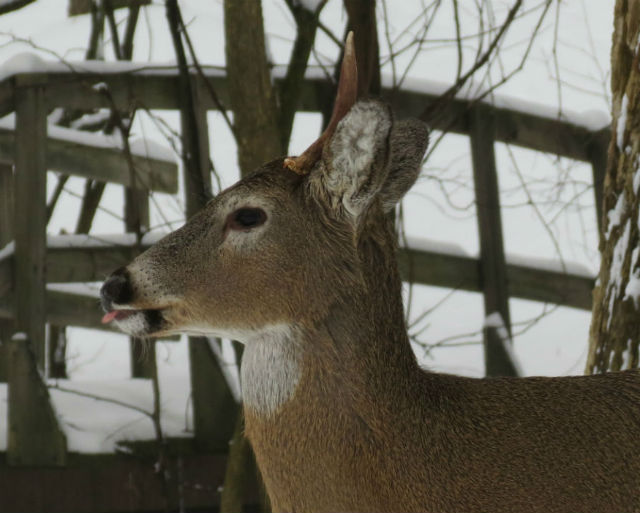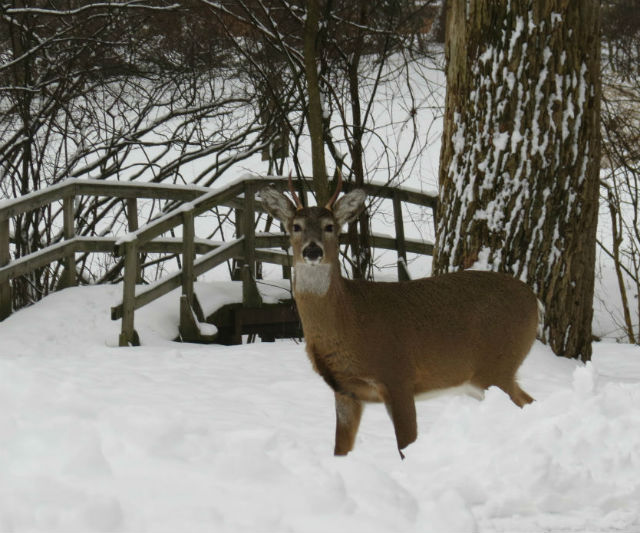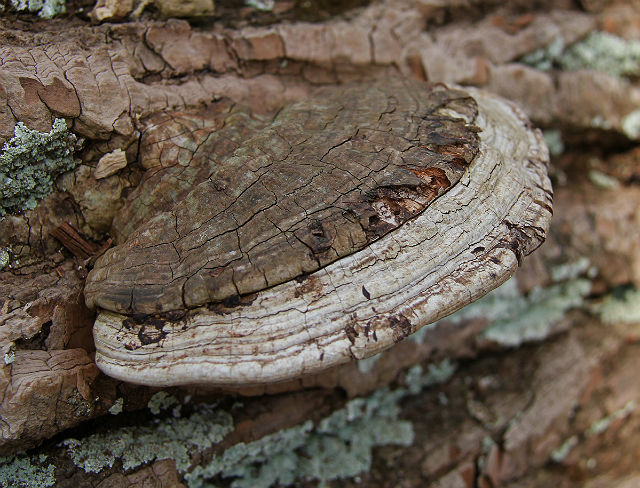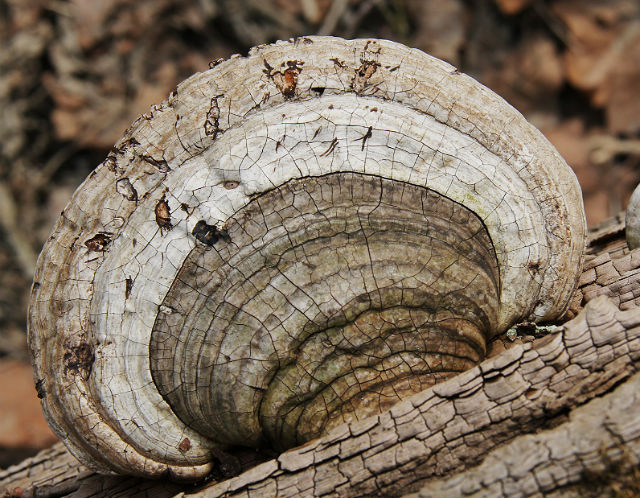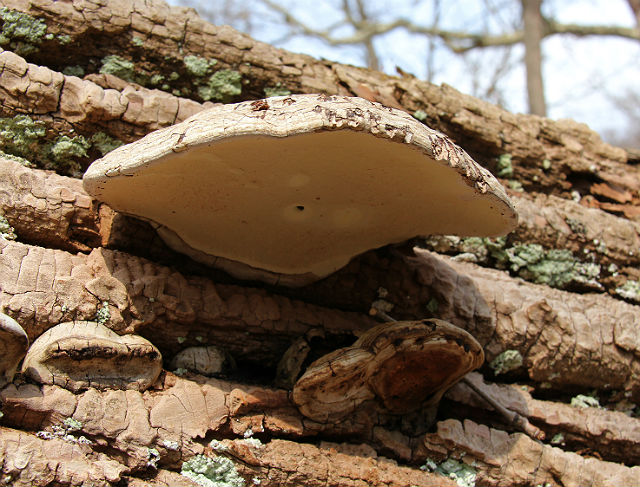Back in June of 2013 I was herping in Southern California and came across this beetle. It turned out to be an easy-to-keep pet, and I still have it in a terrarium on my basement window sill.
These beetles mainly eat fungus as well as some vegetation. As the common name implies, have one of the hardest of all arthropod exoskeletons. Adults are often found walking around out in the open; they may also be found under bark. They are about an inch long.
As a defense, the adults play dead, pulling in their legs and antennae. Their body has special grooves to hold these appendages.
This extremely durable beetle and its relatives reside in the American desert. Their hard exoskeleton is useful in retaining water. It is also nocturnal, venturing abroad when temperatures are cooler than in the daytime.
For as cool as this little insect is, not much is known about it – including how it got it’s “diabolical” name. This group of beetles have not been studied thoroughly and very little is known about their biology and habits.


